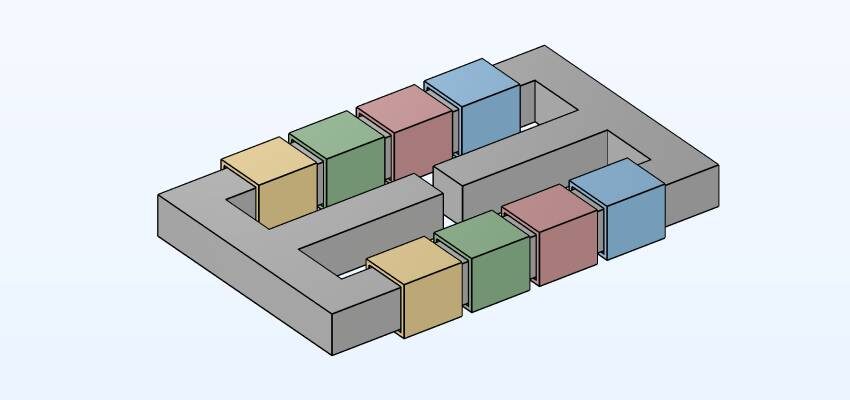
Fundamentals, topologies and optimization methods of saturated iron core fault current limiter
Due to the increase of the power demand together with the distributed power generation, the level and frequency of short circuit faults have increased.
byGabriel dos Santos, Felipe Sass, Guilherme G. Sotelo

- Introduction
Due to the increase of the power demand together with the distributed power generation, the level and frequency of short circuit faults have increased. The traditional solution, which mitigates this problem, has become obsolete. Due to the fact, the fault current limiters (FCL) have been presented as a potential solution to solve this problem properly. Over the years, many topologies have been presented, for example, resistive superconducting FCL (R-SFCL), power electronics FCL, shielding superconducting FCL, and saturated iron core superconducting FCL (SIC-SFCL) [1]–[6].
The literature has studied SIC-SFCL prototypes deeply among these aforementioned groups where this topology was tested in the live grids. For example, in [7]–[10], the authors have presented the 35 kV/90 MVA SIC-SFCL installed in the Puji substation. In [11]–[13], the 220 kV/300 MVA was developed and tested in the live grid. Due to this, this topology has proved the potential to be a commercial and suitable solution to short circuit problems. More recently, in [14]–[18], the authors have exhibited a design, simulation, and manufacturing of an SCI-SFCL of 500 kV. Furthermore, other topologies presented in the literature have had auspicious results. For example, several groups have analyzed the open core fault current limiter [19]–[23]. Antonio Pellecchia et al. Presented in [20] the 33 kV/800 A open-core saturated fault current limiter, which was tested in the real short-circuit situation.
Also, several research groups have investigated the analytical and numerical method to represent characteristics of this equipment in the power electrical grid. In [24] N. Vilhena et al. have presented a methodology to model the dynamic behavior of the SIC-SFCL with a lumped electrical circuit. In [25] the authors have considered the influence of the SIC-SFCL inserted in the power transmission line.







